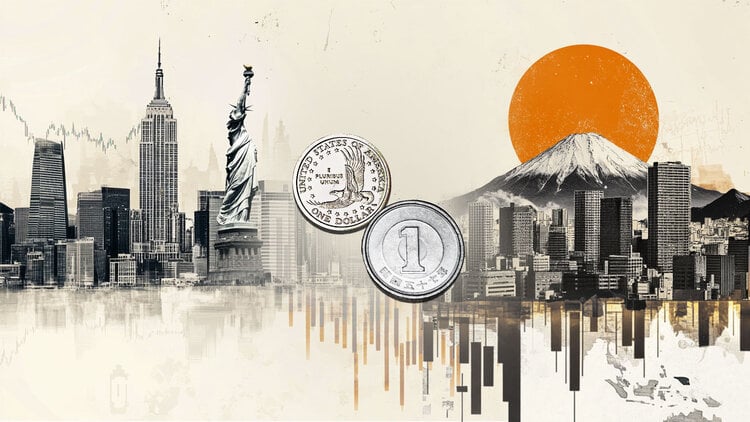Global debt rose by $3.3 trillion to a new record of more than $305 trillion in the first quarter of 2022, according to the Institute of International Finance (IIF).
According to a report by the institution, the increase was largely driven by China ($2.5 trillion) and the US ($1.8 trillion).
In contrast, total debt in the eurozone fell for the third consecutive quarter, the IIF points out.
At 348% of global GDP, debt is 15 percentage points below its peak in the first quarter of 2021, with “stronger nominal GDP growth helping to lower rates,” the IIF points out.
The move reflects rising inflation, and the global debt-to-GDP ratio fell for the fourth consecutive quarter in the first quarter of 2022, the survey highlights.
The increase was mainly driven by corporate borrowing, excluding financials, and from governments generally, with debt outside the financial sector now reaching $236 trillion — nearly $40 trillion since the start of the pandemic, he points out.
Emerging market debt is now approaching a record $100 trillion, the study indicates.
While levels of debt and tolerance differ significantly across emerging countries and sectors, the sharp rise in debt levels of such governments has put transparency in the spotlight, notes the IIF.
A lack of transparency often means higher borrowing costs and limited access to private capital markets for emerging borrowers, it says.
Source: CNN Brasil
I am Sophia william, author of World Stock Market. I have a degree in journalism from the University of Missouri and I have worked as a reporter for several news websites. I have a passion for writing and informing people about the latest news and events happening in the world. I strive to be accurate and unbiased in my reporting, and I hope to provide readers with valuable information that they can use to make informed decisions.







